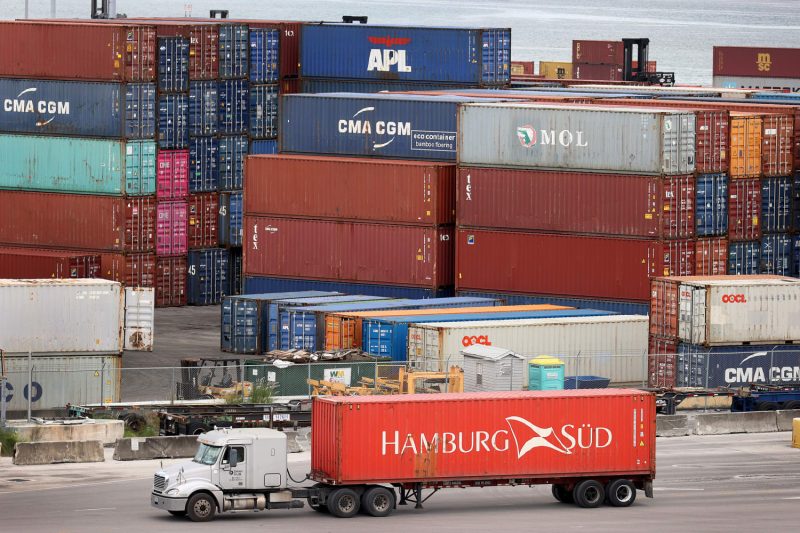As thousands of East Coast dockworkers gather their collective might and ready their strike placards, retailers around the world anxiously scramble to relocate billions of dollars’ worth of cargo. In a globalized world where supply chains are intertwined across continents, the upcoming dockworkers strike doesn’t just spell trouble for the East Coast – it’s resonating globally.
The imminent threat of a dockworker strike has unleashed chaotic events in the shipping industry. Retailers, already struggling to climb out of the pandemic induced trough, now find themselves grappling with a potential logistical nightmare. The prospect of the East Coast ports coming to a standstill has led to a race against the clock, urging companies to shuffle cargo at an unprecedented scale and speed.
One of the key problems plaguing these retailers is the sheer volume of cargo currently stationed across the various East Coast ports. Given the industrial power of these ports, a staggering amount of goods are on the line, risking billions of dollars. As the countdown to the dockworkers strike begins, retailers have to swiftly navigate through a labyrinth of logistics, diplomatic tussles, and restrictive trade practices.
In the scramble to move their cargo, retailers are exploring every possible avenue to minimize their losses. Freight trains, air cargo, and even hiring additional transport are all in consideration. The sudden burst in demand has increased rates, but in the face of potential losses, retailers have little choice but to swallow the inflated costs.
Many retailers are rerouting their cargo to the West Coast in anticipation of the impending strike. These ports, already operating at maximum capacity, are witnessing a sudden influx. However, this has its own set of challenges, including longer transit times and soaring shipping costs. Plus, the West Coast ports are dealing with their own labor chats. A shortage of manpower to handle the extra loads is yet another unforeseen obstacle that these struggling retailers have to surmount.
Shuffling billions of dollars’ worth of goods on such short notice has led to a renewed focus on the importance of diversification and flexibility in the supply chain. Retailers who have adopted digitized operations and alternate supply chain strategies seem to be faring much better under the sudden strain. This crisis could prompt a significant shift in strategies for future supply chain management.
Internationally, the threat of the dockworker strike is also beginning to cast long shadows. As the world’s largest economy, America’s trade relations are extensive and expansive. The potential paralysis of its East Coast ports could trigger a domino effect that impacts global trade relations. The implications of the dockworker strikes extend beyond US borders, affecting economies worldwide.
Equally significant is the impact on local businesses around the ports. Ancillary businesses, ranging from truck drivers and warehouse operators, to mom-and-pop stores and restaurants serving the dockworkers face an uncertain future. As the dockworkers prepare to strike, the tremors are being felt by communities that have for generations, depended on the bustling activity of the ports.
In the face of this looming crisis, retailers are under massive pressure. They must showcase tremendous resilience and agility to navigate these turbulent times, safeguard their goods, and mitigate impacts. Amid the scramble provoked by the imminent East Coast dockworkers strike, it becomes crystal clear that far from being isolated incidents, labor disputes in one region can disrupt existing global supply chains and require enterprises and economies across the globe to quickly adapt.




